Your cart is currently empty!
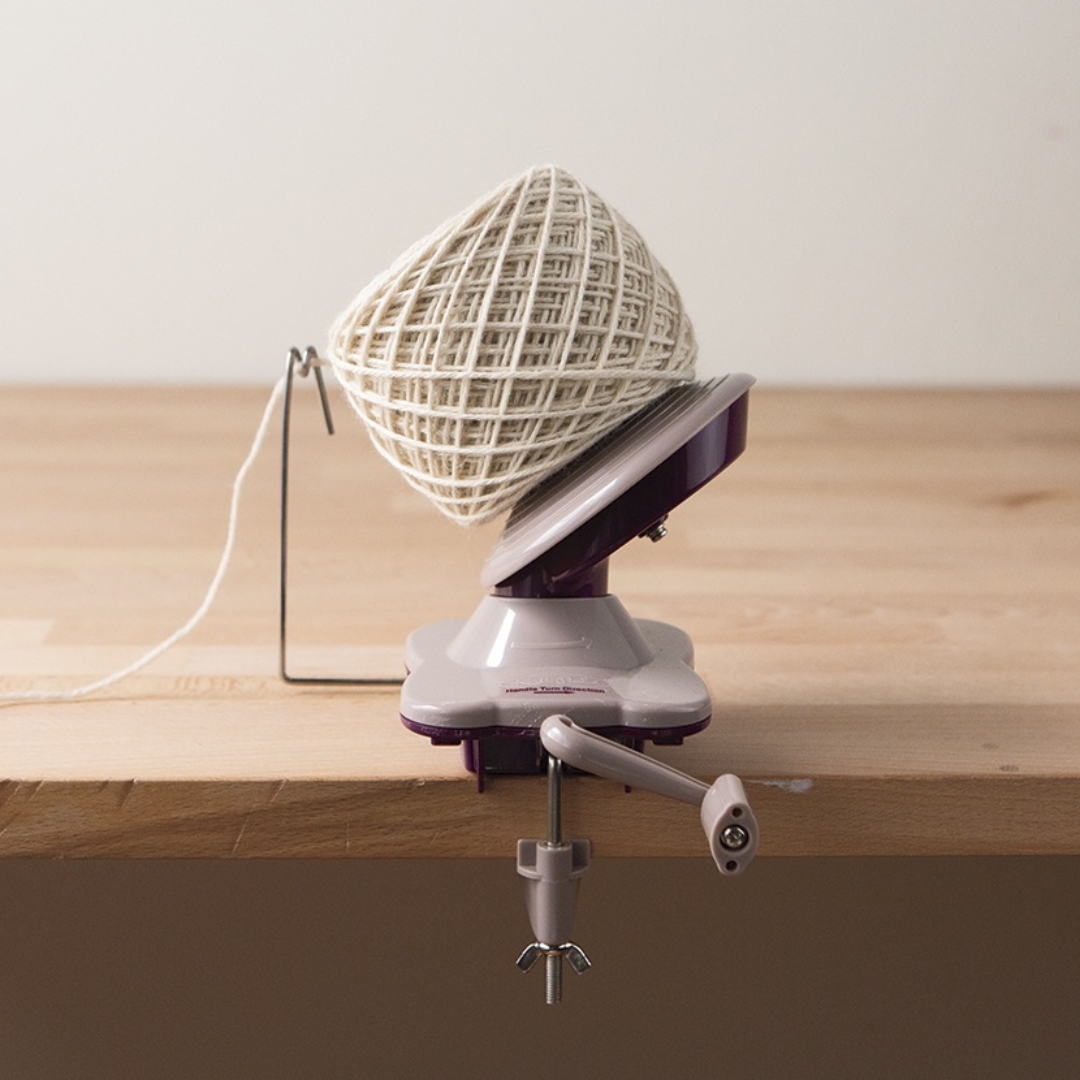
10 Useful Knitting Tools You Need To Get Right Now
Hey, knitters! Having the right tools on hand can make or break a knitting project going smoothly. Some prevent mistakes while others speed up your workflow, and there are certain must-have knitting tools and notions that you need. They’ll help you create your best work yet, and they’re all items we keep on hand and use regularly. So, here are our top ten essential knitting tools every knitter should own.
If learning about knitting is your thing, sign up to our newsletter! We’ll keep you in the loop about articles like this and all Mrs Shank Designs news.
- 1. Ball Winder: Tame That Tangled Yarn!
- 2. Yarn Swift: The Ball Winder’s Best Friend
- 3. Tape Measure: Essential for Every Knitting Project
- 4. Non-Locking Stitch Markers: For Easy Stitch Counting & Tracking
- 5. Locking Stitch Markers: Versatile Stitch Counting Made Easy
- 6. Yarn Gauge: Get the Right Yarn Every Time
- 7. Knitting Gauge Swatch Ruler: Master Your Gauge
- 8. Cable Needles: Effortlessly Knit Cables
- 9. Darning Needle Holder: Keep Your Tapestry Needles Handy
- 10. Basic Blocking Set: The Secret to Perfectly Finished Knits
- Conclusion: Stock Up on These Must-Have Knitting Tools!
1. Ball Winder: Tame That Tangled Yarn!
Look, yarn skeins are gorgeous on the shelf, but once you start working with them they can be a massive pain. Either they bounce all over the place when you pull from the outside, or you dig out the center-pull and it slowly falls apart as you work! Having a ball winder adds a little extra work to start, but saves you a load of time and stress avoiding future tangles. Using this, you can quickly and easily create a neat yarn cake.
Pro tip: roll up the label from your skein and pop it in the center of your yarn cake after you make it! You’ll never lose the details of your yarn again.
2. Yarn Swift: The Ball Winder’s Best Friend
Now that you have a ball winder for your skeins, you need something to help wind your hanks of yarn! Here comes the yarn swift, a helpful tool we find ourselves pulling out every time we get a new yarn order. Yarn hanks can be so painful to work with when you don’t have a swift. In the past we’ve seen knitters hanging untwisted hanks on cabinet knobs so they could wind their yarn into a neat ball. Now you have this handy swift instead.
All you have to do is untwist your hank, put it around the swift, and set the swift in place. Begin winding your yarn and watch as the swift spins, allowing the ball winder to pull at the pace you set and make your life so much easier.
3. Tape Measure: Essential for Every Knitting Project
Sometimes overlooked as a tool by new knitters, a tape measure is absolutely essential to this craft. Whether you’re knitting a sweater, socks, or a dishcloth, you’ll need a tape measure. It will help you check progress and measure gauge to ensure everything’s shaping up as it should. Keep one in your knitting bag– and maybe keep an extra on hand in case that one goes missing. Tape measures are small tools that can be easy to lose.
You’ll end up using it a lot more than you’d think, so make sure you have one on hand whenever you knit. Luckily, they’re small enough that they make for easy travel.
4. Non-Locking Stitch Markers: For Easy Stitch Counting & Tracking
Non-locking stitch markers are one of two types that people typically use. These are a small and simple knitting tool, but you’ll be using them all the time. Whether you’re marking fair isle color switches, cables, or the start of a round, these markers are so handy. We like small round metal stitch markers as they slide onto your needle easily and stand out from most yarns. However, if something bright is more your style, many brands offer them in fun colors!
These are stitch markers you can’t remove until you reach that point on your needles. That’s why they’re called non-locking, because you can’t lock and unlock them to remove them at any point!
5. Locking Stitch Markers: Versatile Stitch Counting Made Easy
Sometimes you need to be able to move your stitch markers around before you’ve reached that point on your needles. Or maybe it’s just personal preference that you like the locking stitch markers. Either way, locking stitch markers like these can easily open and close as you need. This means that they can be shifted as needed, and removed from the project before you’ve knit back to where they are. We love working with this style of stitch marker, and you can find them scattered throughout our crafty spaces at home.
Locking stitch markers are also very helpful to keep on hand as they can hold dropped stitches in place until you’re ready to fix them!
6. Yarn Gauge: Get the Right Yarn Every Time
Sometimes as your yarn collection grows, labels get lost or damaged and it’s hard to tell what weight a yarn is. Was that a DK or a worsted? Is this a thin sport or a sock yarn? While it’s hard to tell by eye alone, these differences make a world of a difference while you’re knitting. It’s the kind of mistake many knitters have made in the past, and it’s the sort of thing that makes you spend ages frogging a project.
So, to save yourself the time (and pain!) of frogging your handknit work, grab a yarn gauge to prevent these mistakes! This gauge works by letting you quickly and easily see how thick your yarn is. You can use the grooves to compare your yarn to and see what width is closest. Or you can also use the slot on top as a wraps-per-inch tool to measure the yarn weight that way.
7. Knitting Gauge Swatch Ruler: Master Your Gauge
Checking your tension before a knitting project is so important for ensuring it fits properly. You can’t be sure your knitting will end up the size it’s supposed to unless you check! Some projects work out fine without checking your gauge. However, the more detailed or large a project gets, the more important gauge can be. It can completely change which size you need to knit. This is one of those convenient tools that’s going to make your knitting life so much smoother.
This is going to be a lifesaver! All you have to do is put the ruler onto your swatch and count the stitches and rows within the section. This will help you ensure your knitting project is the size you want it to be, and avoid any unwelcome surprises.
8. Cable Needles: Effortlessly Knit Cables
Whether you love knitting cables or you’re trying them out for the first time, cable needles are a need if you’re knitting cables. They’re designed to hold your stitches in place with as little risk of them dropping as possible. These are basically the safest way to hold stitches while knitting cables. A set of cable needles like this includes different styles of needles. This is important because depending on your yarn and project, different styles are more helpful than others.
Some cable needles are also better for chunky yarn, and some are best for projects with little wiggle room. Cable-knit knitting projects are so much fun to knit. While knitting patterns with detailed cables, like the Mirrorball Dog Vest, can seem intimidating, the right tools will help make your knitting much smoother.
9. Darning Needle Holder: Keep Your Tapestry Needles Handy
When it comes to finishing your projects, you’re probably going to have a few loose ends to weave in. While there are a few different techniques to do this, the most common is using a thick needle to sew them in. Darning needles (also called yarn needles or tapestry needles) are a handy tool to keep in your knitting bag. These are another set of tiny knitting tools that are so easy to lose track of. Having a holder will make them harder to lose- and, if they do get lost, they’ll be easier to find.
This needle holder comes with three bent-tip tapestry needles. They’ll make weaving in your yarn ends a breeze. Also, the holder will prevent these darning needles from getting lost in the bottom of your knitting storage.
10. Basic Blocking Set: The Secret to Perfectly Finished Knits
Finally! You’re done your knitting project, you’ve woven in your ends, and there’s one final tool you’ll want. This is a blocking set! Blocking your knitting project can take it from great to amazing. While some projects don’t require blocking (we’ve never blocked any of our scrunchies!) it is an important step for most knitting projects. This basic blocking set includes the interlocking blocking sets you’ll lay your project on, T-pins to pin your project as it dries, and some soak wash.
Blocking is important because it helps to even your stitches out as they dry. This helps any project get the perfect professional look we all adore. However, it’s especially helpful when it comes to lace and colorwork, which sometimes don’t quite look right until they’re blocked.
Conclusion: Stock Up on These Must-Have Knitting Tools!
Whether you’re brand new to knitting or you’ve been here for years, having the right tools is a game-changer. It will make your knitting experience more enjoyable to have the tools that make things go smooth and easily. How many knitters avoid hanks because they don’t have a swift to wind them easily? From swifts and yarn winders to lockable stitch markers, each of these essentials allows you to make your knitting experience what you want it to be. These changes will make a big difference in how much you enjoy your overall knitting experience. So, it’s time to stock up, organize, and get ready to have even more fun knitting!

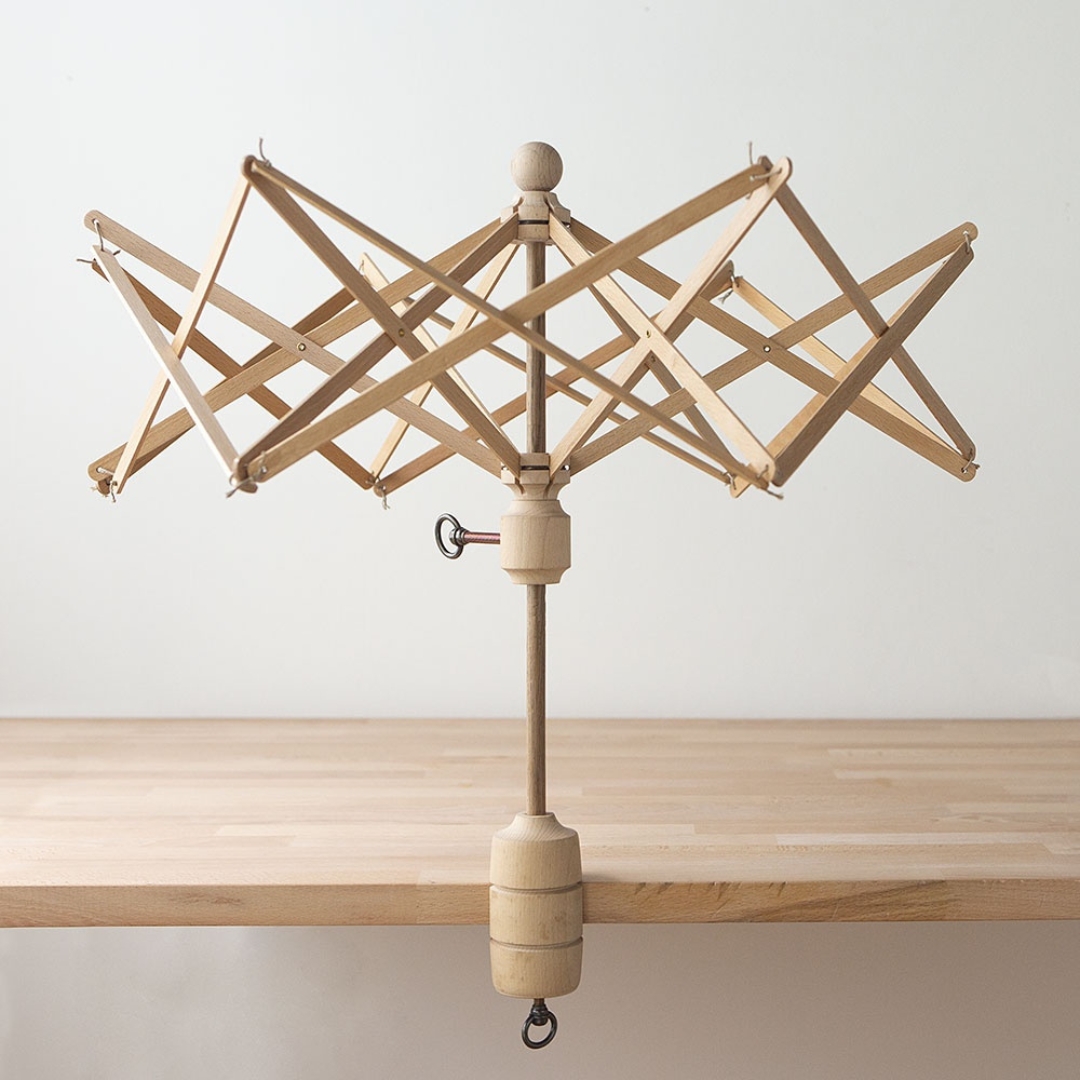
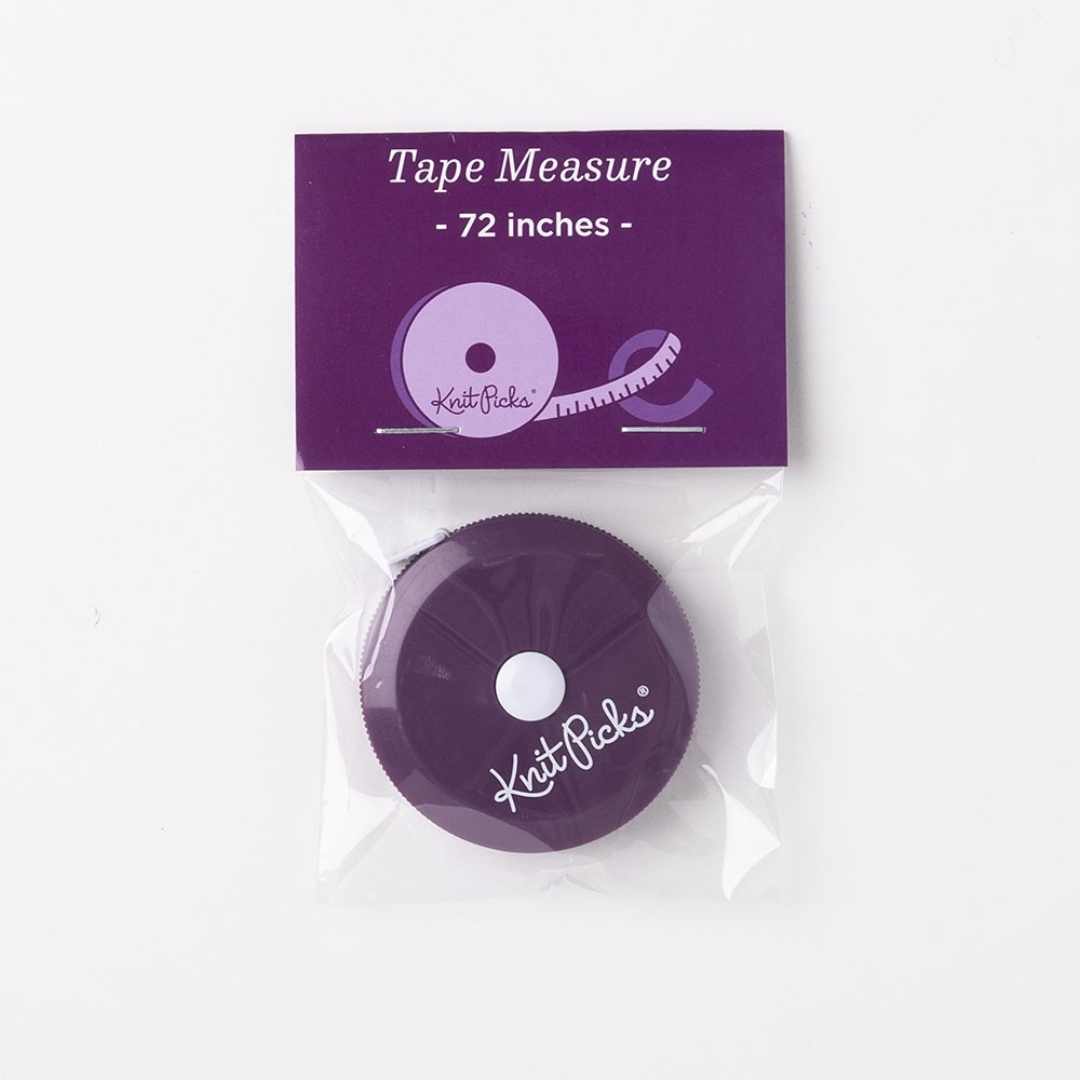
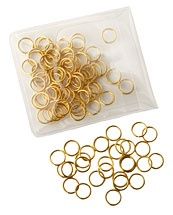
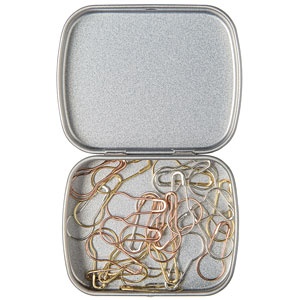
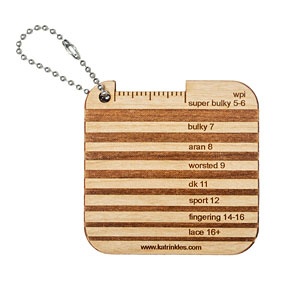
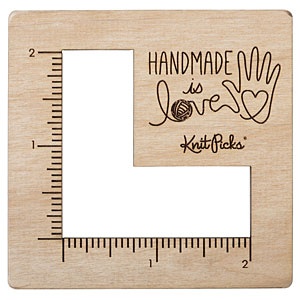
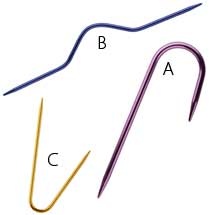
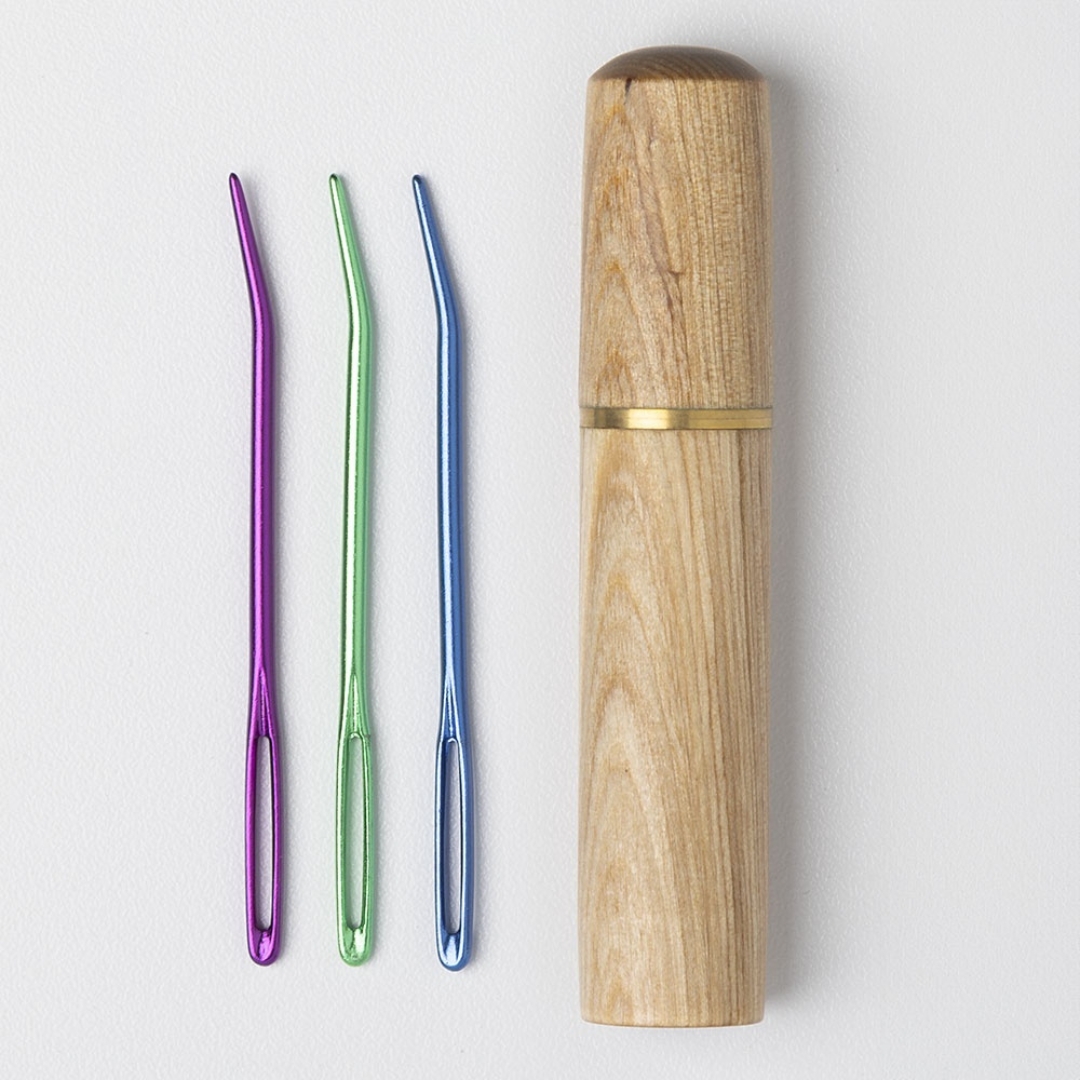
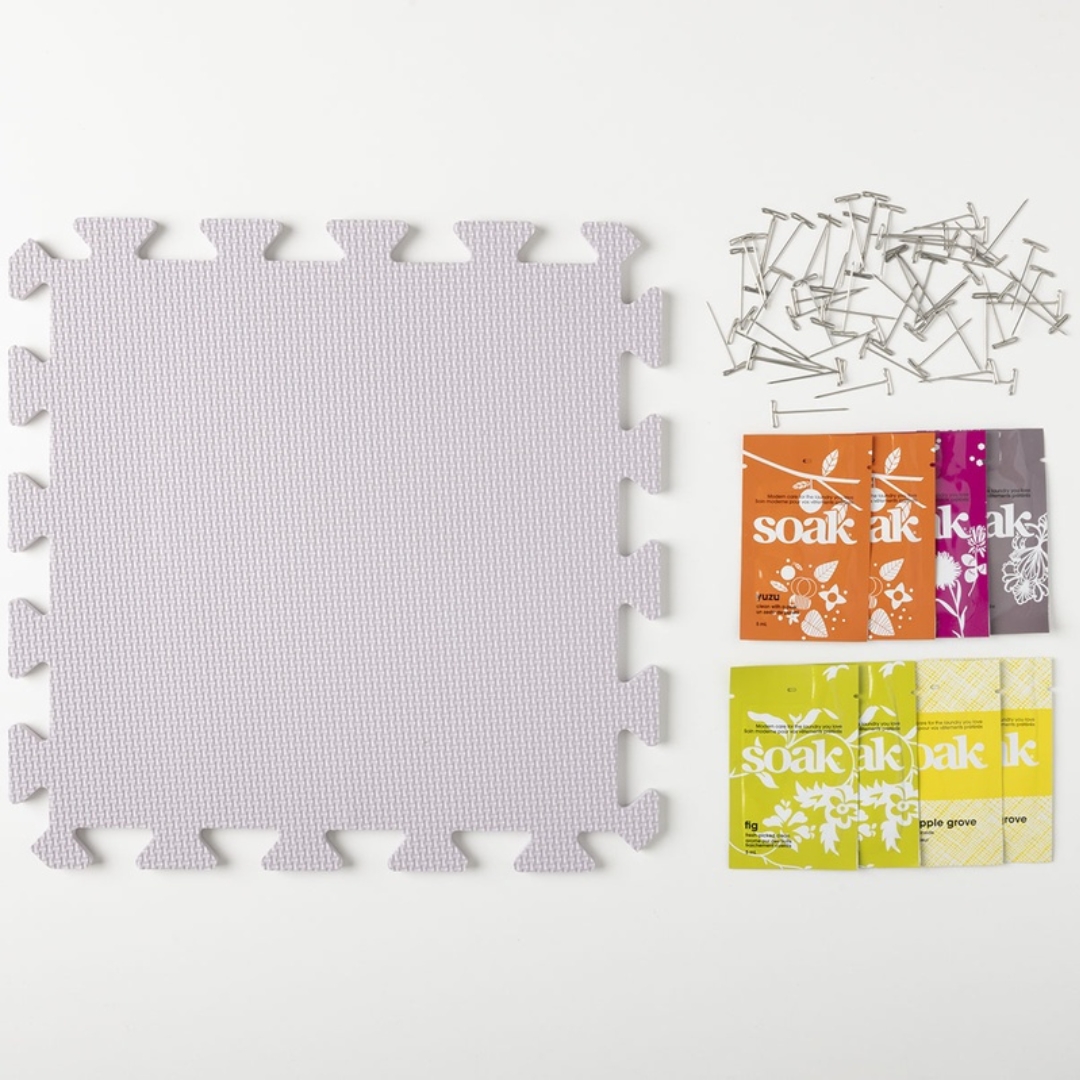
Leave a Reply